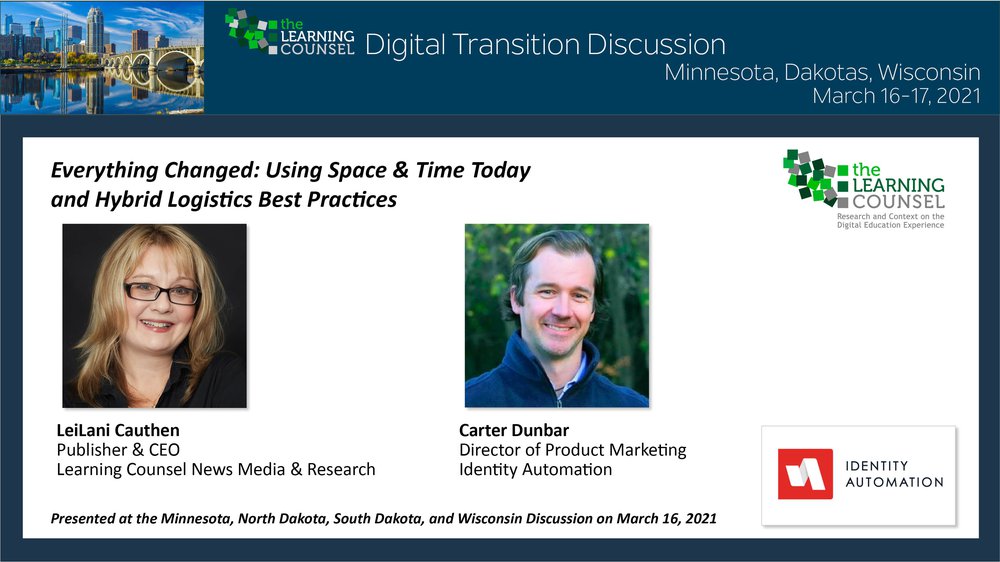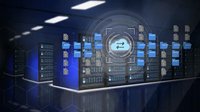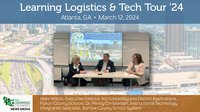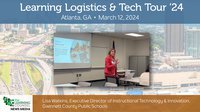Public education is changing rapidly, beginning with who is really attending public schooling. Even before the pandemic, 27 percent of school-aged children did not attend traditional public education. Alternatives included charter and magnate schools, private schools, home schooling, unschooling and any combination of home and school activities. Since the pandemic, however, that percentage has exploded. Learning Counsel surveys indicate an average of an additional 15 percent are now exploring other options, with an unknown percentage to become permanently removed. When the dust settles, over 1/3 of America’s children will be involved in alternative schooling – and perhaps as high as 40 percent. Clearly, something has to give. And that something is space and time, two aspects that previously seemed untouchable. But now, everything is on the table, and the guiding principle is what is best for the learner, a refreshing change from pre-pandemic attitudes.
In this special presentation, LeiLani Cauthen, CEO & Publisher at the Learning Counsel News Media & Research, shares some insight about what it means to reframe space and time to reinvent the public-school experience. According to Cauthen, “We're dealing with the space and time revision and it goes on two different channels here. The space one is, are you sectioning your buildings to reduce, spread in case there's another surge. Maybe you have this section. Everybody has to go in and out this door and no other door. And then you have another section. You probably will be doing that for the next couple of years, because it will be expected of you. Maybe you've begun to using a big commons room, house room, maybe plexiglass. And now you're only using classrooms as meeting space. This is the new concept of hybrid logistics. It means you're basically ‘Uberizing’ and you only have a teacher intersect with a class structure in a classroom as indicated by the pathway.”
“In terms of time,” said Cauthen, “there's still some traditional schedules going on, where people are trying to do video conferencing in a simultaneous way where the teachers teach via video and then also teach physical kids in front of those, the hardest way to do it. Then we've got rotation schedules, where you've got AB weeks, AB days. You also might have staggered starts where some students come in Monday and then Tuesday over this week. And then when your school starts the next week you stagger some in, we've seen wildly altered block scheduling. It used to be the Carnegie unit, 45 minutes for everybody. And now it's like 120 minutes for math, but you can only have 20 minutes on Zoom and the rest of the time has to be asynchronous, but you're still overseeing kids. The auto cohorting and calendaring by pace is coming soon on an institution-wide basis, we call it the Uberization of learning hybrid logistics. It's already being done in a lot of software that's courseware.”
Would you like to make sense of it all? If so, don’t miss this video presentation. Find how the manipulation of space and time is creating a new education landscape and is driving the next new normal.











